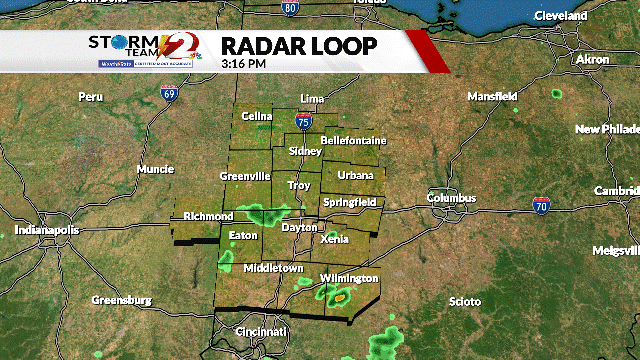COLUMBUS, (WCMH) — We have been treated to some colorful sunsets this weekend. The dazzling reddish-orange, blended with yellow layers shortly before the 8:46 p.m. sunset has provided a beautiful backdrop to a refreshing weekend with lower humidity.
The reason for the artistic shades at the end of the day has to do with the wavelengths of the colors that comprise incoming sunlight that include all the colors of the visible spectrum, ranging from violet-indigo-blue (shortest) to yellow-orange-red (longest).
The components of atmospheric gases are considerably smaller than the wavelengths of sunlight, causing light waves to scatter about after colliding with atoms and molecules in the air.

The higher-energy blue light waves scatters most, which is why the sky is blue. However, at sunrise and sunset, when sunlight traverses a much longer path through the atmosphere, the blue wavelengths are mostly scattered out, leaving the longer reddish-orange and yellow colors to dominate.
Around sunset on Sunday evening, looking northwest from downtown Columbus, this image reveals a pale blue sky at the top fading to high cirrus clouds (yellow) and midlevel altostratus (orange) caused by atmospheric scattering by different particle sizes.

Saturday evening’s glorious reddish-pink and salmon hues were caused by sunlight at a low angle setting below by a thicker bank of high-altitude clouds. Ice crystals and water droplets become a mirror that reflects light back to our visual field.

Wildfire smoke carried by the jet stream from the Western states also causes spectacular sunrises and sunsets in the Midwest and Northeast because the red and orange light waves can penetrate the smoky layer.
A tall thunderstorm surrounded by a layer of moisture backlit by the setting sun brought a visual treat in parts of northeastern Ohio on the evening of July 20. Particles larger than air molecules associated with tropical moisture scattered the red-orange light waves downward, creating an eerie sky.























































